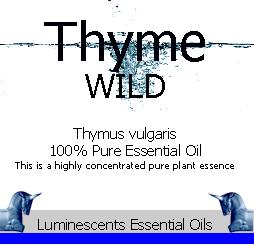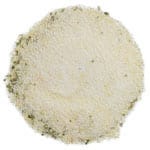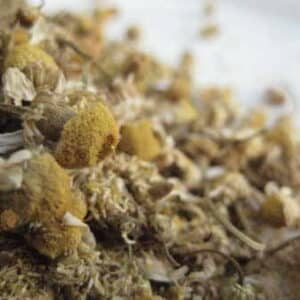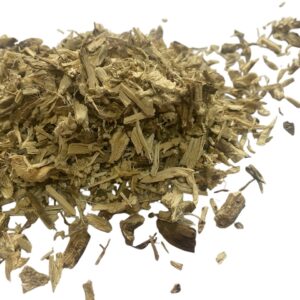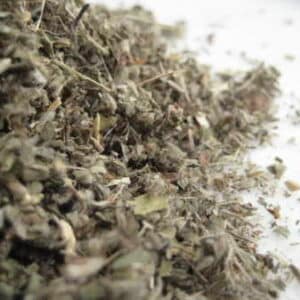Thyme Wild (Thymus vulgaris) 100% Pure Essential Oil
£8.50
BOTANICAL NAME: Thymus vulgaris
SCENT: Wild Thyme essential oil has a well rounded sweet, warm and herbaceous aroma.
STRENGTH OF AROMA: Medium to Strong
PLANT PART USED: Leaves and twigs
EXTRACTION METHOD: Carbon Dioxide Extraction
ORIGIN: France
COLOUR: Wild Thyme essential oil is pale yellow in hue.
CONSISTENCY: Thin
NOTE: Middle
Thyme sports over 300 species. This perennial herb, an evergreen that reaches 30 cm at full height is a great culinary and aromatherapy favourite. Thymus vulgaris is commonly known as the garden thyme due to its use in cooking. It has small green- gray elliptical leaves and tubular flowers that grow in mauve (thyme flowers in other varieties can be white, pink, purple or red).
REPORTED ATTRIBUTES:
Its aromatherapy applications are limited.
The essential oil contains Thymol (a powerful antiseptic) and has a tangy, herby smell. It is a good stimulant, expectorant, and insect repellent.
In aromatherapy, it is mostly used for tension, fatigue, anxiety, headaches, skin irritation, coughs, colds and rheumatic aches and pains. It is disliked by most flying insects.
Blended with other anti-stress oils, it makes an invigorating bath. It is a good massage oil for aching muscles, headaches and rheumatic pain.
Inhaled with steam, it is excellent for breathing problems.
BLENDS WELL WITH
HISTORY:
The ancient Egyptians used thyme for embalming, the Greeks and Romans for medicinal purposes.
CAUTIONS:
Wild and Garden thyme is perfectly safe for personal use if well diluted before application as with all essential oils, and used in moderation. Red thyme is toxic and should not be used in aromatherapy at all.
| Size (ml) | 100ml, 10ml, 200ml, 25ml, 2ml, 50ml, 5ml, sampler |
|---|
